42 about energy rating labels
Window Energy Rating Explained (Guide to Window-U Factors & Labels) When lower ratings mean better windows: U-Value/U-Factor: U-Value, sometimes called window U-Factor, measures the rate of heat transfer —it tells you how much heat is lost or gained through your window. According to Energy Star, the U-Value of a window can range from .25 to 1.25. The lower the U-Value, the more energy efficient your window is ... › labelLabel | Energy Rating Use the Energy Rating Label to work out rough running costs with some simple maths. It's easy - just take the energy consumption figure - and divide it by 4. For example, if the Energy Rating Label on a washing machine says it uses 400 kWh, it means it will roughly cost you $100 per year to run. Easy!
Building energy rating - Wikipedia Description. The building energy rating label is an energy label rating. The label has a scale of A-G, with A-rated buildings the most energy efficient and G the least. In relation to dwellings, the Sustainable Energy Authority of Ireland states that a "BER is an indication of the energy performance of a home. It covers energy use for space heating, water heating, ventilation and lighting ...
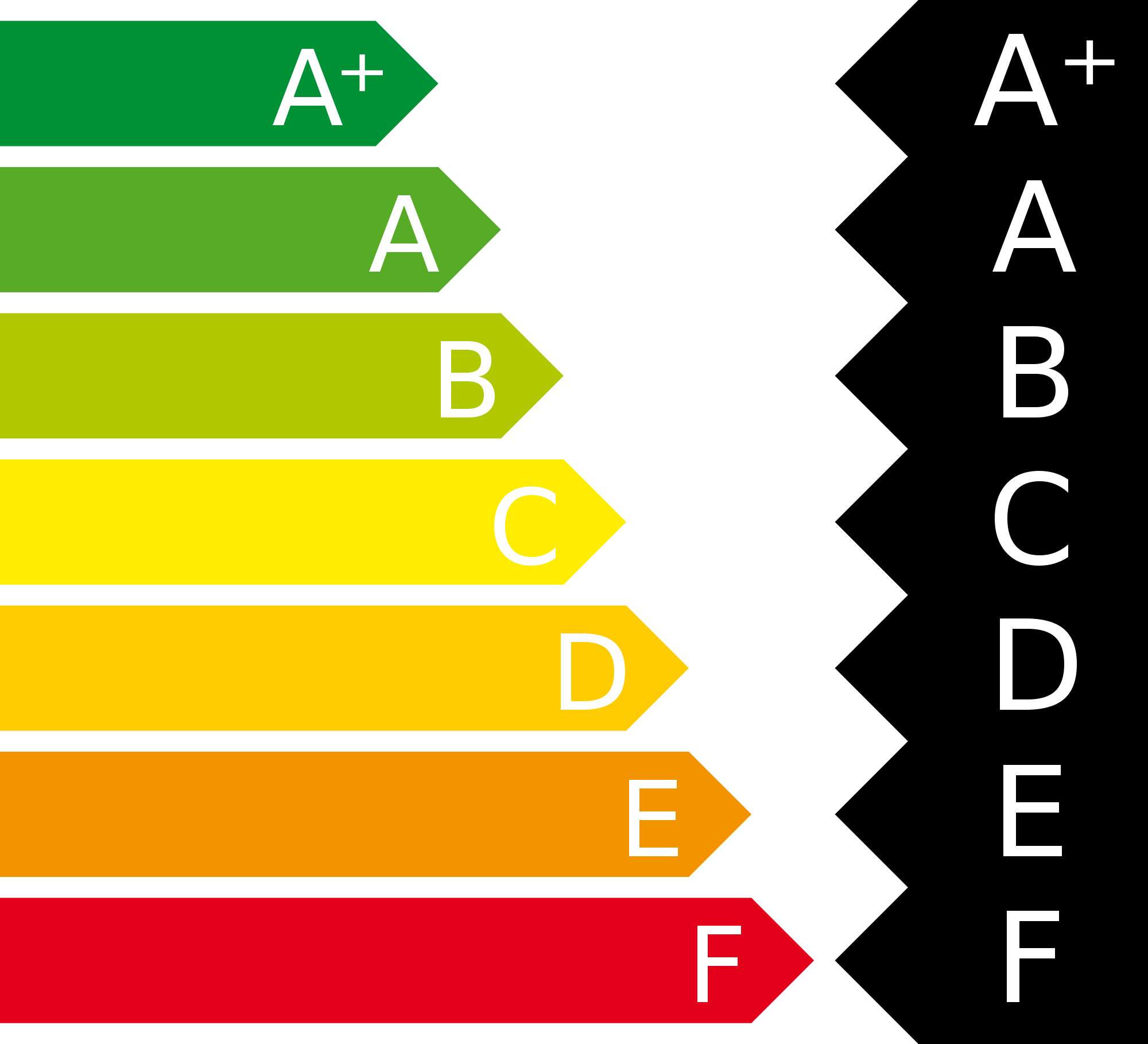
About energy rating labels
EnergyGuide Labels | Federal Trade Commission The labels show the highest and lowest energy consumption or efficiency estimates of similar appliance models. The Rule also requires energy disclosures for certain lighting products and water use labeling for certain plumbing products. In 2010, the FTC announced that it will begin requiring EnergyGuide labels for televisions, and that light ... Reading the Residential Label - AERC Energy Rating The "Warm Climate" rating indicates your potential energy savings when using that particular product when it's warmer outside, and your home may use more air conditioning. Higher energy improvement rating numbers, and those that are closer to the maximum (max) for that product category, will provide greater energy savings. Reaching the "Max" About energy rating labels | EECA The Energy Rating Label helps people compare energy efficiency and running costs of similar appliances when deciding which to buy. Learn more Zoned Energy Rating Label The new Zoned Energy Rating Label tells you which heat pumps/air conditioners will perform best in different climate zones of New Zealand and Australia. Learn more
About energy rating labels. › guides › energy-guidesEnergy Ratings and Energy-Efficient Appliances | OVO Energy Jan 05, 2022 · The new energy labels using this simpler A-G rating system can currently be found on: Dishwashers; Fridges, freezers, and fridge-freezers; Washing machines and washer-dryers; TVs and electronic displays; Lighting; Dishwashers; Energy ratings explained: what’s a good energy-efficiency rating? The best energy rating your appliance can have is A ... › about-e3-programUnderstanding the label | Energy Rating Energy rating labels provide consumers with information on the energy efficiency of a product. There are two main types of labels – comparison labels and endorsement labels. Comparison labels. Comparison labels allow consumers to compare the energy consumption of similar products and factor lifetime running cost into their purchasing decision. Energy rating label - Wikipedia In Australia and New Zealand, an energy rating label or energy rating is a label affixed to various appliances prior to retail sale, which allows consumers to compare the energy efficiency of product and allows consumers to know how much power a particular model will use to run. What is an Energy Rating Label? — EcoAir Online Store It allows consumers to compare the energy efficiencies of the air conditioning from different manufacturers based on their performances benchmarked against a harmonised test standard, namely EN 14511. Research shows that 87% of British consumers are aware of the A-G standards. 97% of European consumers understands that A is the most energy ...
en.wikipedia.org › wiki › European_Union_energy_labelEuropean Union energy label - Wikipedia the energy efficiency ratio in cooling mode at full load; the appliance type (cooling only, cooling/heating) the cooling mode (air- or water-cooled) the noise rating in dB (where applicable) Labels for air conditioners with heating capability also contain: the heat output at full load in kW; the heating mode energy efficiency category Energy rating label | energy.gov.au The Energy Rating Label shows the energy efficiency and energy consumption of rated products allowing comparison of running costs over the life of the product. Energy efficiency is shown with a star rating of between 1 and 10 which can be compared to others of the same type and size. › uk › home-appliancesNew Energy Efficiency Rating Labels Explained | Samsung UK First introduced 20 years ago, energy labels awarded a product with an A for high efficiency, or an F for low efficiency and encouraged manufacturers to drive innovation by using more energy efficient technologies. Over time, the scheme evolved and labels of A+, A++ and A+++ were added, adding confusion for consumers. New 2021 Energy Ratings Explained!| Box.co.uk This label provides a rating for the appliance as well as helpful information on how much water or electricity it uses and how much noise it might create in your home. As of March 2021, these labels will be changing, so we're here to help explain why, and what to expect from the updated labelling and rating system!
› energy-performance-labelEnergy Performance Label | National Fenestration Rating Council NFRC-certified products are independently tested, certified, and labeled to help you make the best purchase decision for your needs. While the ENERGY STAR label tells you if a product is energy-efficient, the NFRC label helps you compare between energy-efficient products by breaking down a product’s energy performance. EU energy labelling requirements - Your Europe Energy labels: rank appliances on a scale from A to G according to how much energy they consume help consumers save money by choosing products that consume less energy can encourage companies to design products that consume less energy Class A (green) appliances consume the least energy - making them the most energy‑efficient. energysavingtrust.org.uk › energy-ratingsEnergy ratings: everything you need to know Mar 14, 2022 · Boilers and other forms of heating such as heat pumps got new energy labels in 2015. Beyond an A++-G rating, the label includes information such as the level of sound they produce and for some product types whether the heater has the capacity to generate electricity – the latter accounting for the fact that the heating market is changing, with more low carbon options. Understanding Energy Rating Labels - Sustainable Build Understanding Energy Rating Labels When it comes to energy saving, buying the most efficient products and appliances is now easier than ever. Today, energy rating labels can tell you everything you need to make the right choice - giving you vital information about energy consumption, performance and efficiency.
What do energy labels mean? | Green Choices The familiar EU Energy label, rates products from A (the most efficient) to G (the least efficient) and is required by European law to be displayed at the point of sale on the following products: Washing machines, washer-dryers tumble dryers Fridges, freezers and fridge freezers Dishwashers Electric ovens Energy-saving light bulbs Air conditioners
Label2020 UK | Label 2020 - energy label The new energy labels for TVs, fridges, dishwashers, washing machines and washer dryers are here. They've helped consumers choose energy efficient products for more than 25 years. They've also helped manufacturers and retailers develop and sell innovative and efficient products. Increased demand for greener products means more efficient ...
Energy Rating Labels - Buying and Using Appliances | Gen Less The Energy Rating Label makes it easy to compare energy efficiency and running costs of similar appliances when you're deciding which to buy. An appliance with more stars on the label is more energy efficient - meaning you can save money on running costs, and New Zealand can save energy and emissions. Energy Rating Labels explained - Consumer
Energy Rating Labels explained - Consumer NZ Energy Rating Labels have two important pieces of information: the star rating and the energy consumption. Star rating The top half of the label has a star rating of up to 6 or 10 stars. The stars represent how energy efficient a model is compared to other models of the same size/capacity.
Regulations: energy information - GOV.UK Energy labels for certain products are being gradually re-scaled to display A - G energy rating classes instead of A+++ - G energy rating classes. The first phase of re-scaling took place in March...
Energy Performance - BFRC BFRC assesses the energy performance of windows and doors and gives them a rating between A++ and E. Genuine BFRC rated products are labelled with a small official sticker on the inside of the frame and often a large rainbow label on the surface of the window or door: clear, visible proof that they will perform as promised.
Energy Rating Label | EECA Energy Rating Label Star rating shows efficiency The Energy Rating Label applies to certain products under the Energy Efficiency (Energy Using Products) Regulations 2002. These products must display the label when they are offered for sale. EECA administers the label compliance in New Zealand. The label also applies in Australia.
Energy rating labels | Sustainability Victoria The Energy Rating Label is an Australian Government initiative. The label uses stars as a way to show the efficiency of an appliance. The more stars, the more efficient the product is. You can use this star rating to compare other models of the same capacity. Most appliances are rated between 1 and 6 stars.
Energy Labelling | Energy Ratings | SEAI Energy labelling was introduced by the EU in the 1990s. It helps consumers make a choice based on the relative energy efficiency, energy consumption, and performance of a product in typical operating conditions. By choosing energy efficient products, consumers are also helping to reduce harmful greenhouse gas emissions.
Energy labels decoded | Currys TechTalk A to G rating On the left-hand side of the label you'll see a scale with different colours from deep green for A all the way through to red for G. A is the most energy efficient and G is the least. To find out what energy rating the tech you're looking at has, check the black pointer symbol next to the scale. QR code
Energy rating - appliances | energy.gov.au Energy rating labels provide consumers with information on the energy efficiency of a range of appliances. The more stars, the more energy efficient the product is compared to other models in its category.
ENERGY STAR® Labels 101: What They Mean & How to Read Them ENERGY STAR Label Requirements. To qualify for the ENERGY STAR label, products must meet strict standards and pass rigorous testing. The process is overseen by the Environmental Protection Agency (EPA), while testing is performed by the National Fenestration Rating Council (NFRC). Current EPA standards for the ENERGY STAR label are:
About the energy label and ecodesign | European Commission The energy labels provide a clear and simple indication of the energy efficiency and other key features of products at the point of purchase. This makes it easier for consumers to save money on their household energy bills and contribute to reducing greenhouse gas emissions across the EU.
New energy ratings and labels - what you need to know These achievements in energy and water savings have prompted a need to revise the ratings on the familiar rainbow scale, along with other product features displayed on the energy labels. Since autumn last year, manu-facturers have already been putting a second new label in product boxes and Amdea has been helping retailers to understand the ...
Understanding energy star ratings on appliances | RACV Star Ratings. Appliances are given a star rating from 1 to 10, with 10 stars being the most energy efficient. "In general terms, products that achieve 1 to 6 stars are efficient, while those achieving 7 to 10 stars are considered to be super-efficient," said a spokesperson for DISER. "The rule of thumb is the more stars, the more efficient the ...
About energy rating labels | EECA The Energy Rating Label helps people compare energy efficiency and running costs of similar appliances when deciding which to buy. Learn more Zoned Energy Rating Label The new Zoned Energy Rating Label tells you which heat pumps/air conditioners will perform best in different climate zones of New Zealand and Australia. Learn more
Reading the Residential Label - AERC Energy Rating The "Warm Climate" rating indicates your potential energy savings when using that particular product when it's warmer outside, and your home may use more air conditioning. Higher energy improvement rating numbers, and those that are closer to the maximum (max) for that product category, will provide greater energy savings. Reaching the "Max"
EnergyGuide Labels | Federal Trade Commission The labels show the highest and lowest energy consumption or efficiency estimates of similar appliance models. The Rule also requires energy disclosures for certain lighting products and water use labeling for certain plumbing products. In 2010, the FTC announced that it will begin requiring EnergyGuide labels for televisions, and that light ...



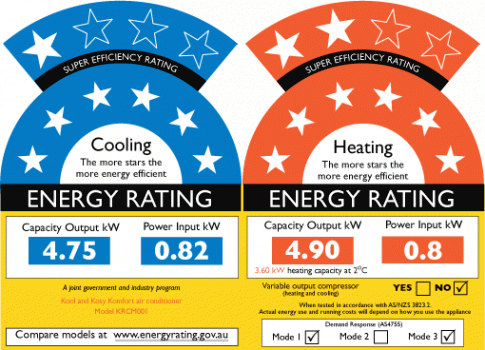

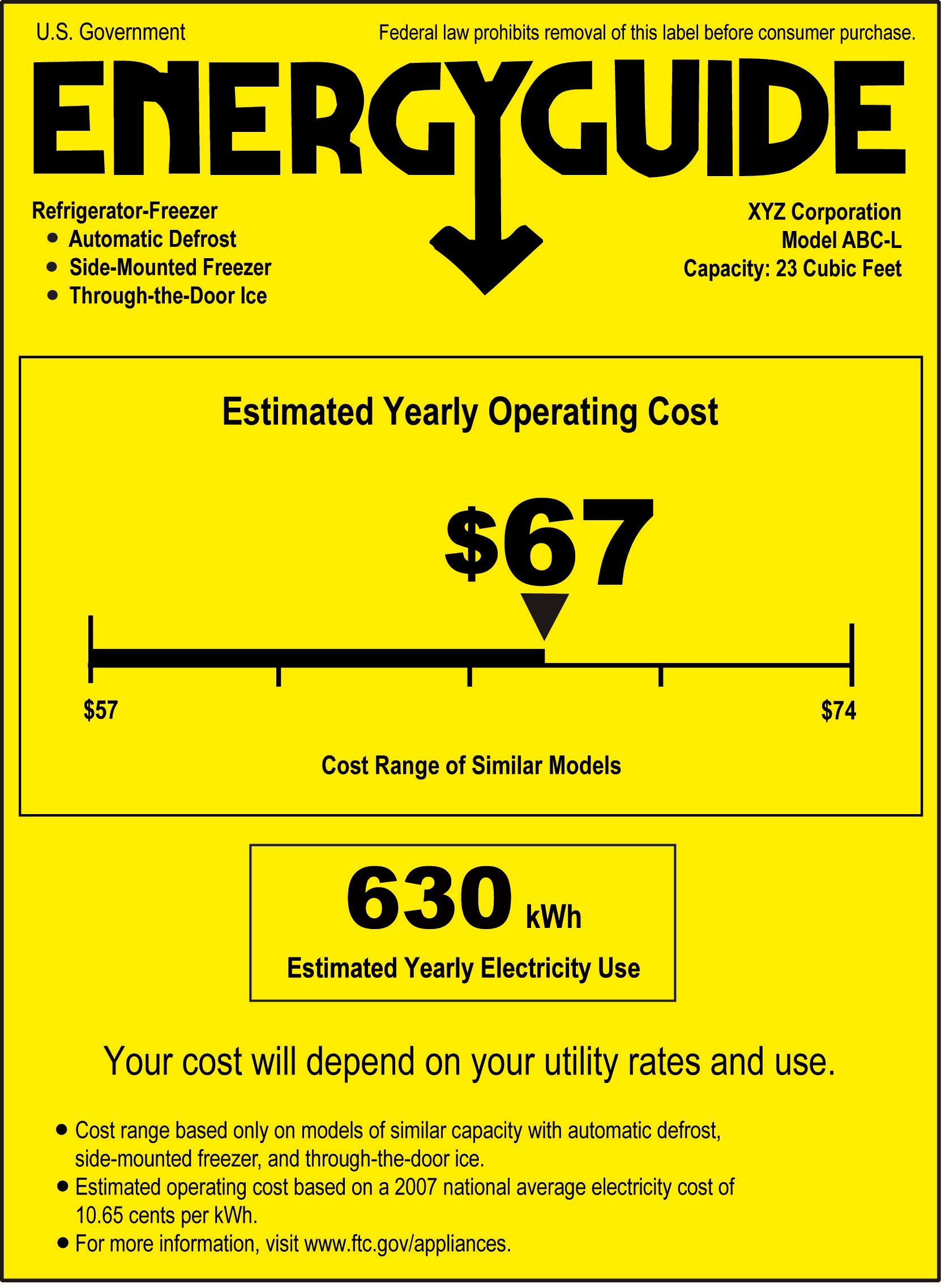




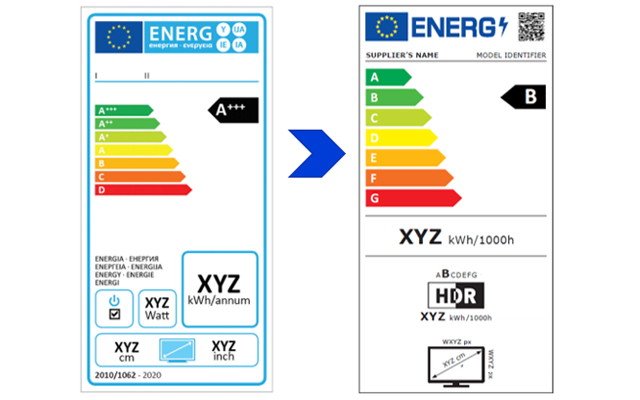


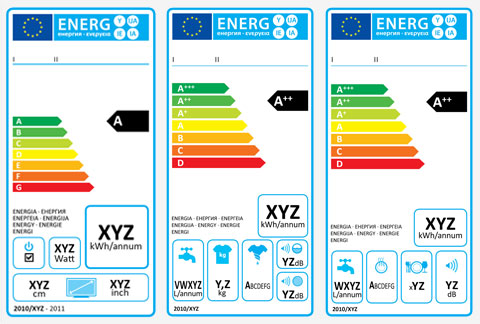








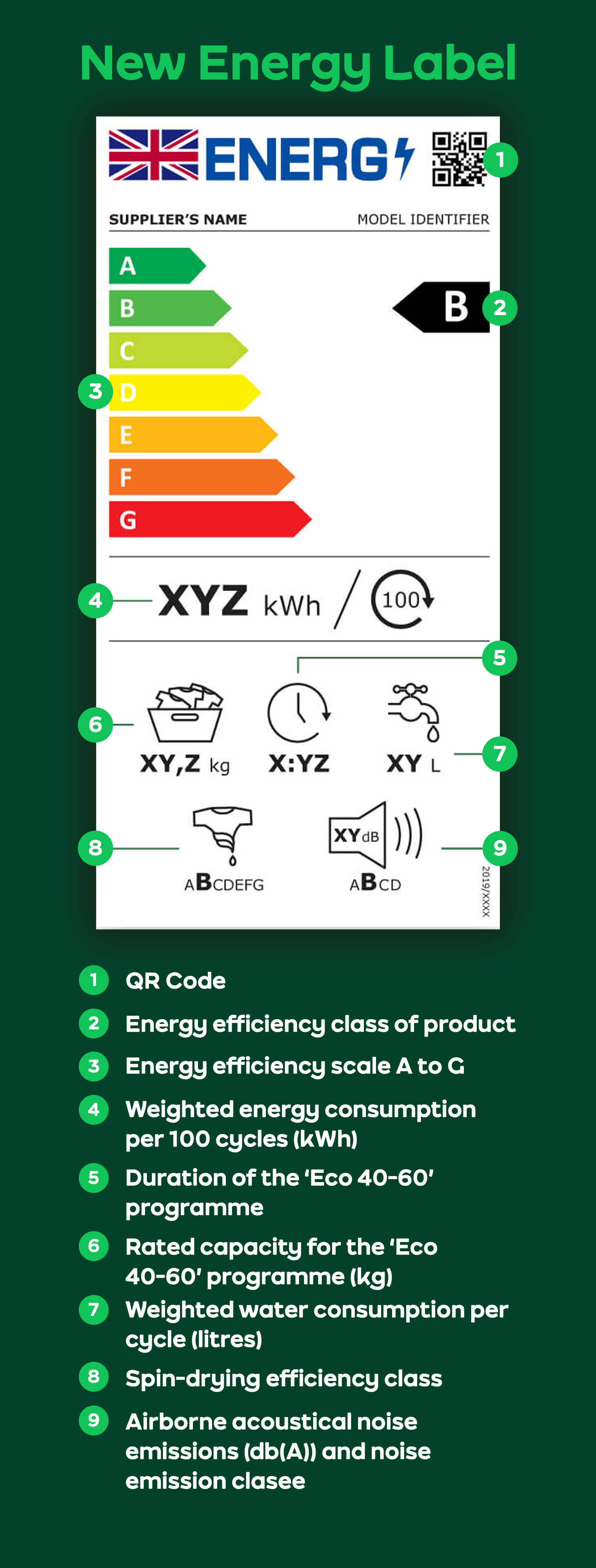


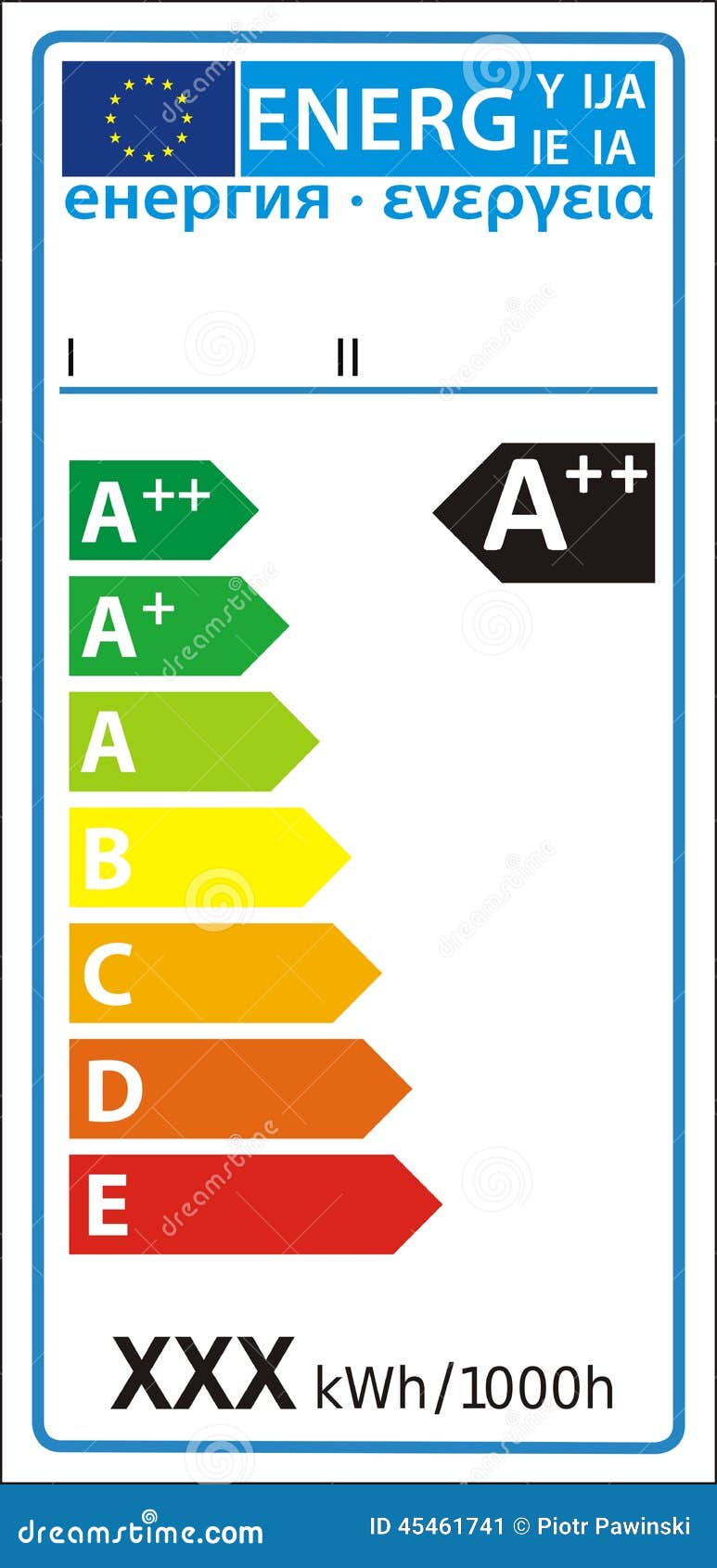


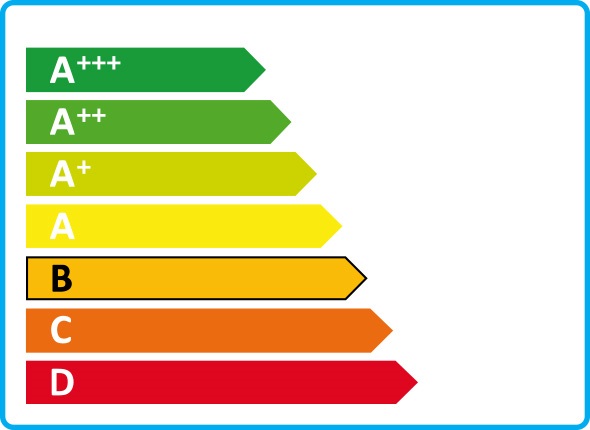

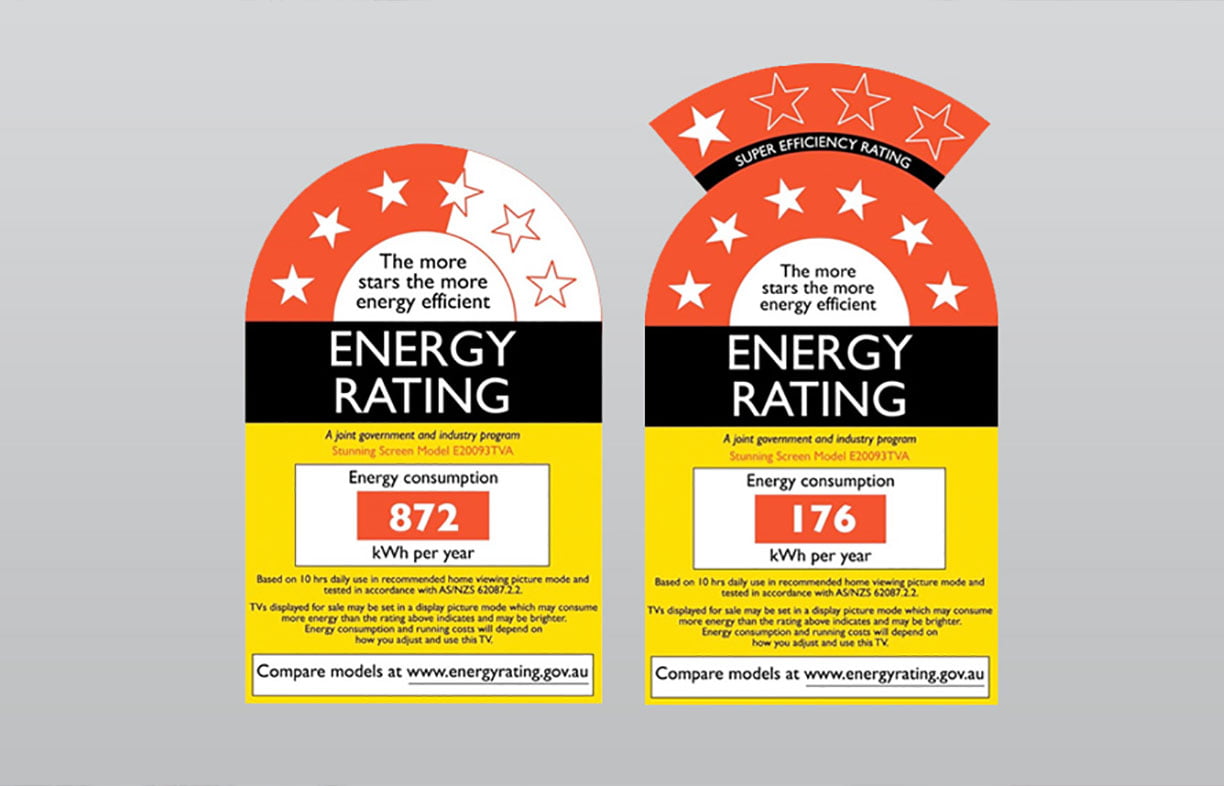
![PDF] ENERGY EFFICIENCY LABELLING: INVESTIGATING STUDENTS ...](https://d3i71xaburhd42.cloudfront.net/c2dfc51a7cc49580773c4ba7cb14db9ab20ea6f1/2-Figure1-1.png)

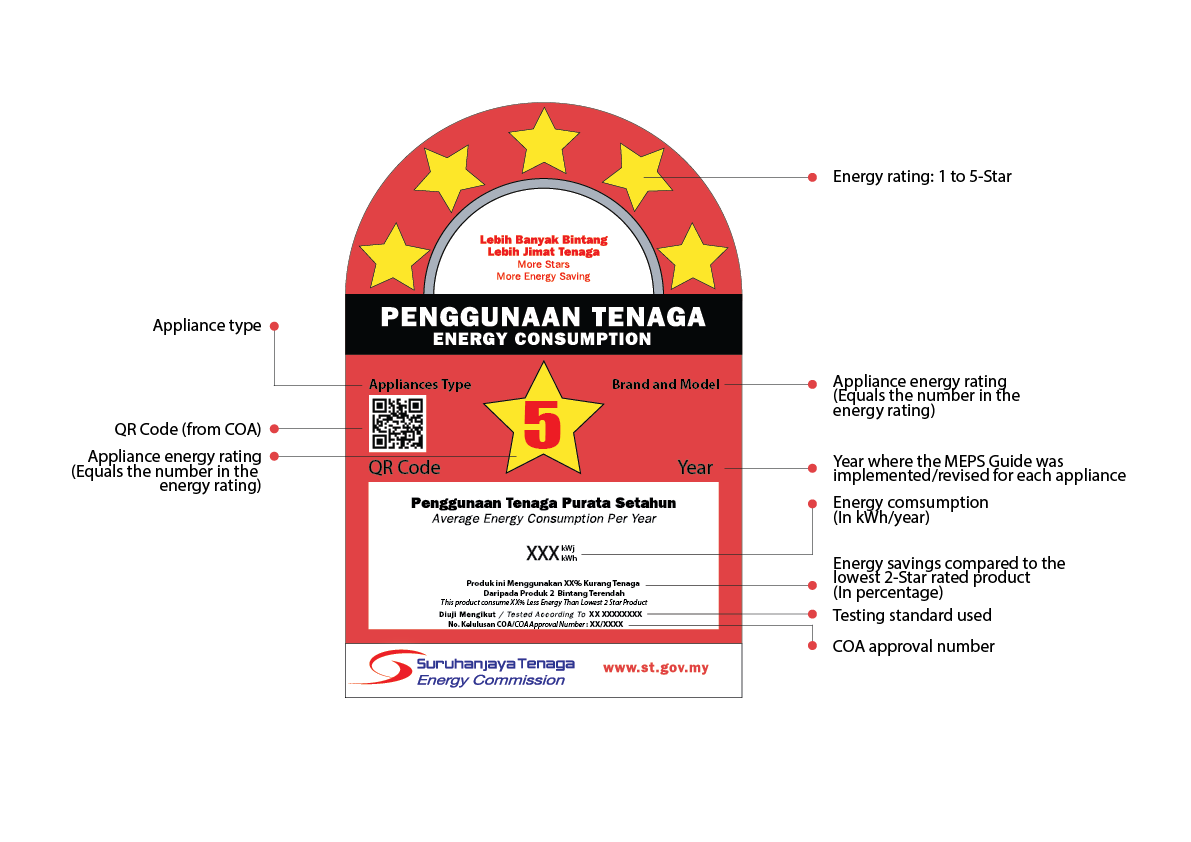




Post a Comment for "42 about energy rating labels"